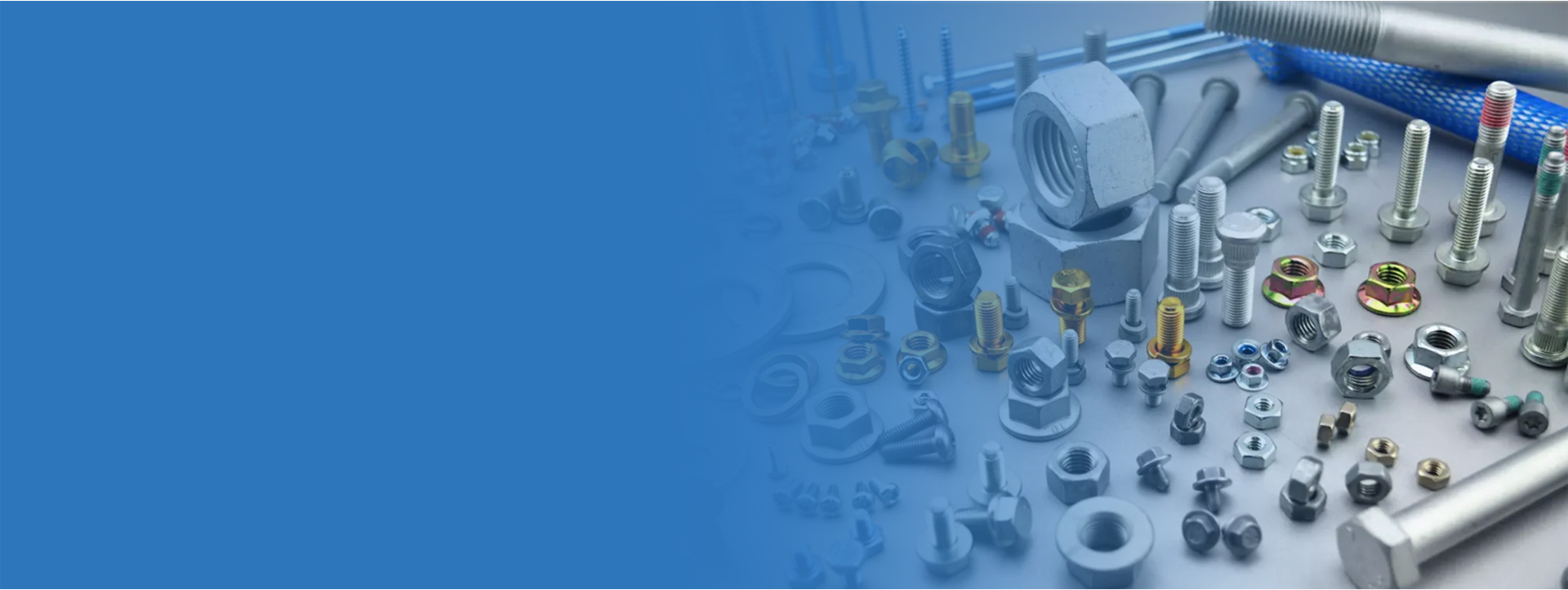nov. . 08, 2024 02:54 Back to list
Suggested lengths for threaded rods based on standard measurements and applications
Understanding Threaded Rod Lengths A Comprehensive Guide
Threaded rods, often referred to as threaded bars or all-thread rods, are versatile fasteners used across various industries, including construction, manufacturing, and automotive applications. Their design, consisting of a long cylindrical shape with continuous helical ridges (threads), allows them to be used in a variety of fastening applications. One fundamental characteristic of threaded rods is their length, which can significantly influence their utility and performance in different settings.
Importance of Length in Threaded Rods
The length of a threaded rod is paramount, as it determines the extent to which the rod can penetrate and engage with the material it is fastening. Whether you are assembling heavy machinery, constructing a building, or even hanging shelves at home, selecting the appropriate length is essential. If the rod is too short, it may not provide adequate grip, leading to structural failure or detachment of components over time. On the other hand, a rod that is excessively long may lead to unnecessary wastage of materials and can create difficulties during the assembly process.
Standard Lengths Available
Threaded rods come in various standard lengths, usually measured in inches or millimeters. Common lengths include 12 inches, 24 inches, 36 inches, and 48 inches. However, manufacturers can produce custom lengths to meet specific project requirements. When determining the needed length, it is crucial to account for factors such as the thickness of the materials being fastened, the type of joint being formed, and the load-bearing requirements of the assembly.
Factors Influencing Length Selection
1. Application Requirements The specific application dictates the necessary length. For example, in structural applications where a significant load will be applied, longer rods may be necessary to ensure stability and support.
threaded rod lengths

2. Material Thickness The total thickness of all materials being joined directly affects the required rod length. It is important to measure the combined thickness accurately to select a rod that will fully engage with the corresponding nuts or inserts.
3. Load Considerations Depending on the weight that the assembly will bear, the length of the threaded rod should be selected carefully to ensure it can withstand the applied forces without bending or breaking.
4. Installation Space In confined spaces, the available length may be limited; thus, shorter rods or those with adjusted lengths may be necessary. This can often occur in automotive applications, where components have little room for excess material.
Custom Length Solutions
For projects that require non-standard lengths, many suppliers offer cutting services to provide precisely the length needed. Custom lengths are beneficial in avoiding excess material that can lead to manufacturing waste. Additionally, custom solutions allow for better fitting and reduce the likelihood of misalignment during installation.
Conclusion
In conclusion, understanding the importance of threaded rod lengths is crucial for ensuring effective and safe applications. By considering factors such as application requirements, material thickness, load-bearing needs, and installation space, users can make informed decisions when selecting the right threaded rod. Both standard lengths and custom solutions are available in the marketplace, providing flexibility to meet diverse project demands. As industries continue to evolve, the role of threaded rods in creating strong and reliable assemblies will remain significant, making it essential for professionals to grasp the nuances of threaded rod lengths and their implications in real-world applications.


